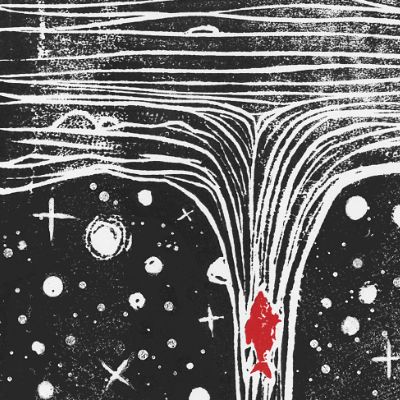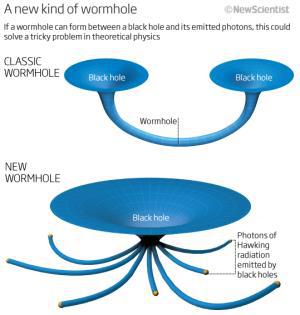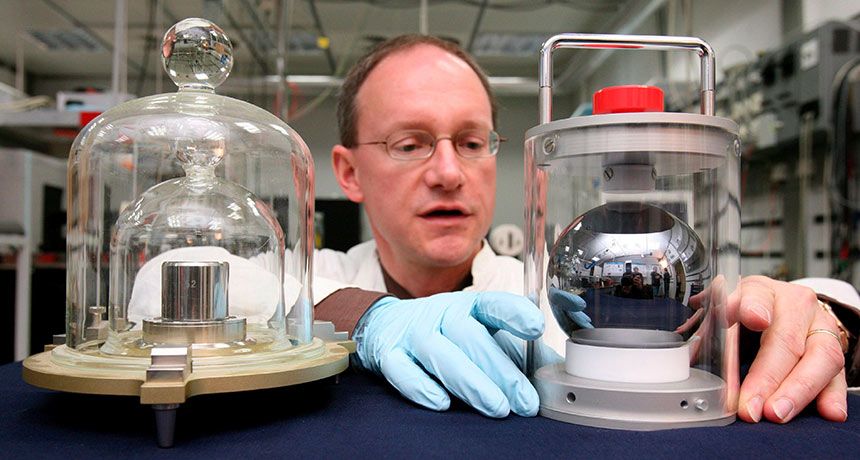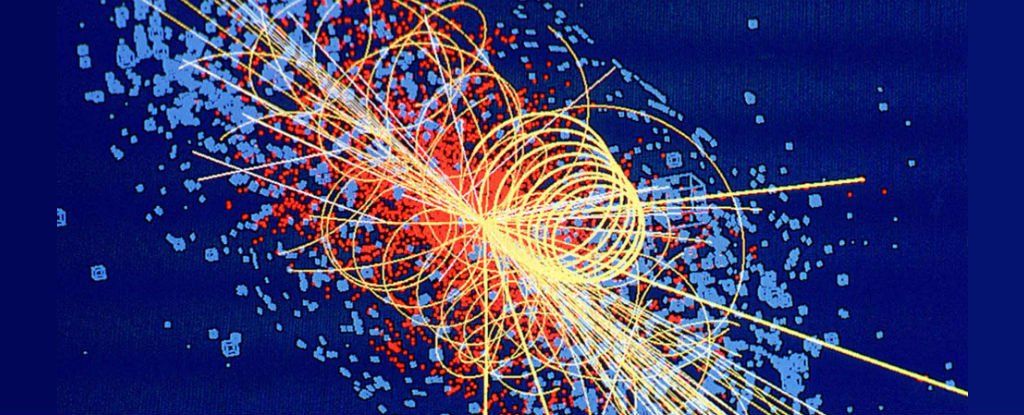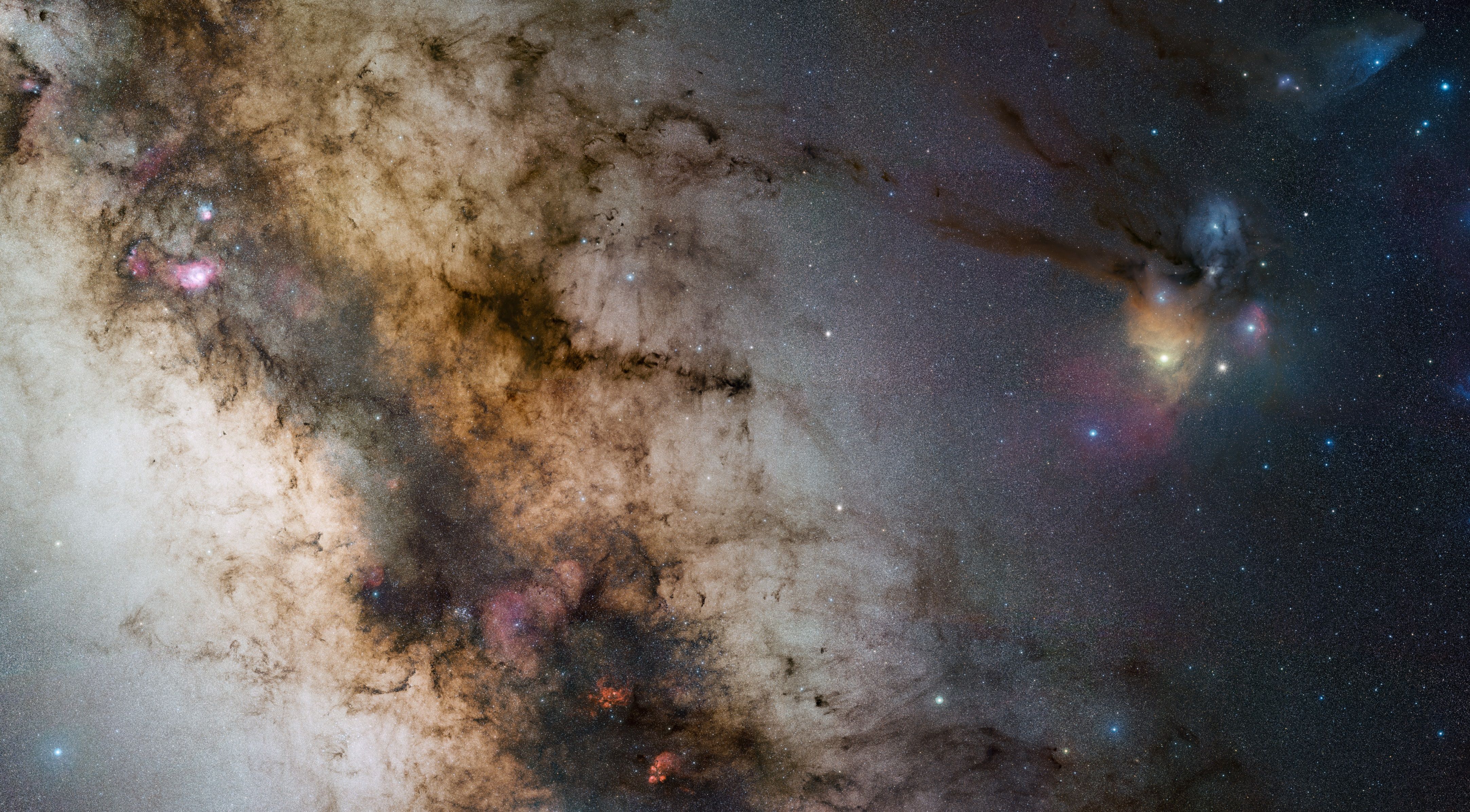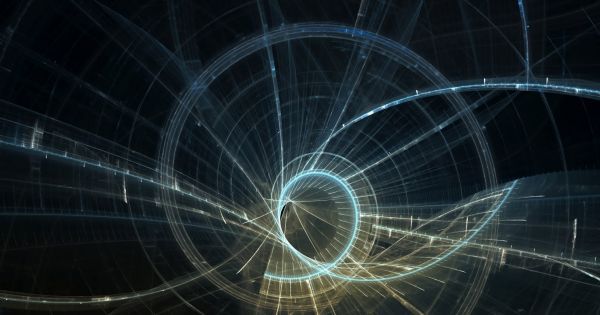Professor Stephen Hawking has warned that mankind will not survive another millenia unless it makes a home beyond Earth’s atmosphere.
The celebrated physicist was addressing a lecture audience at the Oxford Union debating society on Monday evening when he gave the stark warning.
“Most recent advances in cosmology have been achieved from space where there are uninterrupted views of our Universe,” he said “but we must also continue to go into space for the future of humanity.

